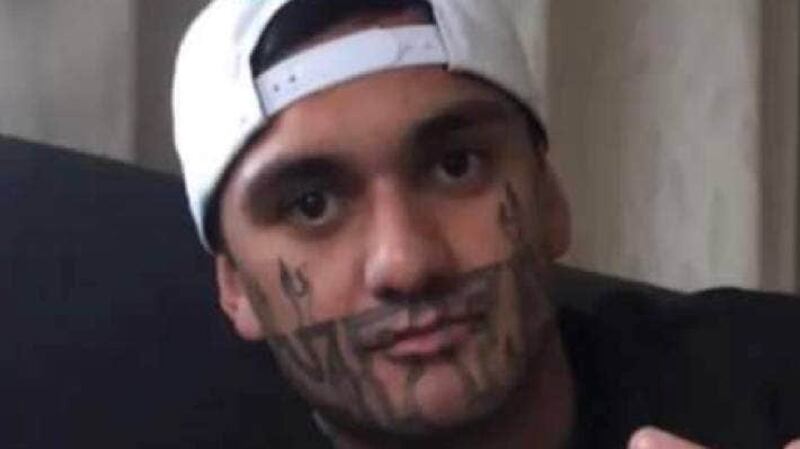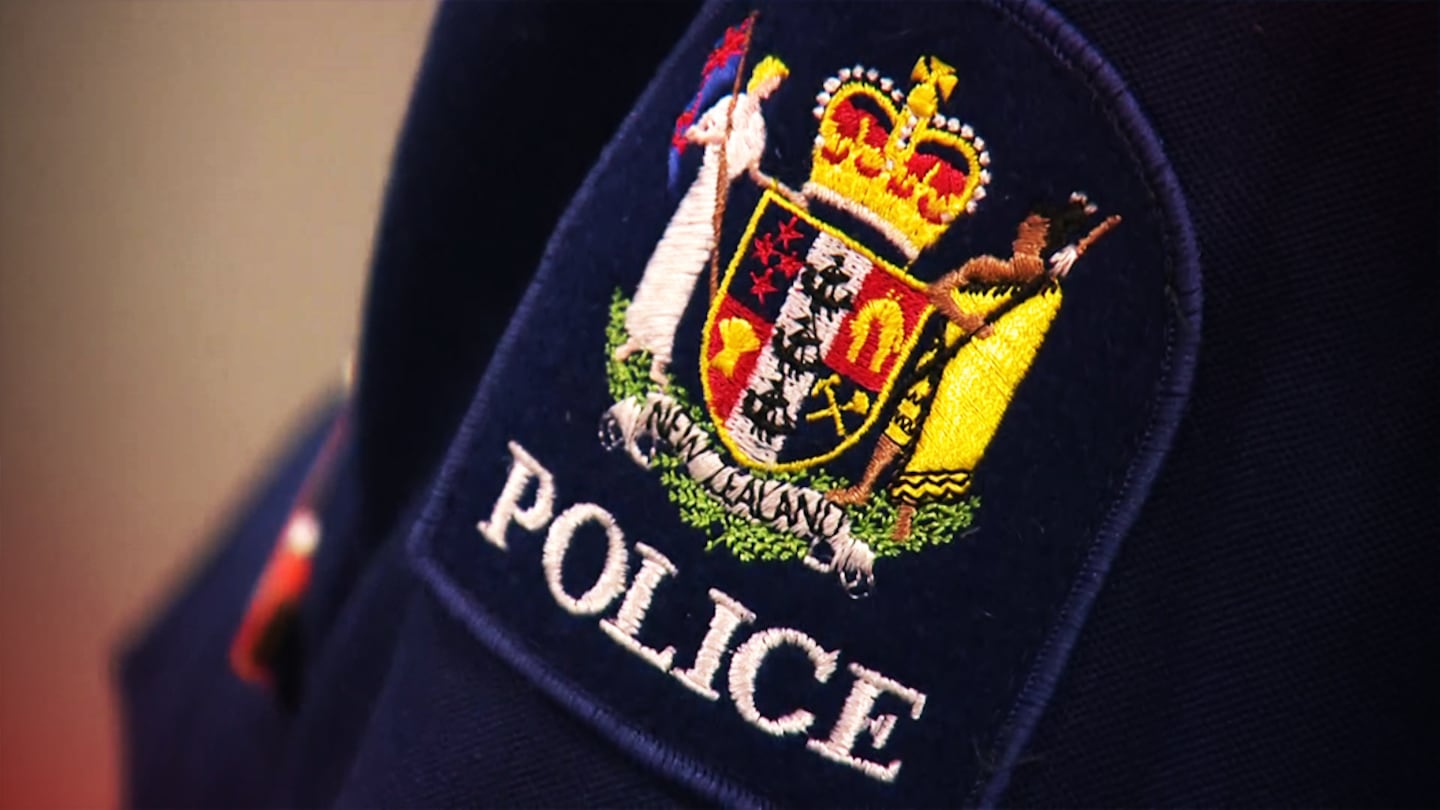Andrea Vance is National Affairs Editor for The Post and the Sunday Star-Times.
OPINION: A one-man crime wave. It’s a judgmental, reductive obituary for a young father, cut down only two weeks after celebrating the birth of his child.
Kaoss Price was shot dead by police last year. His death was the 40th at the hands of police since 1990. Those killed were disproportionately Māori.
Those statistics speak for themselves. But, in the aftermath of Price’s death, we heard a different story.
A familiar one, that reduced his life to a trope and allowed us to make judgments, to rationalise and justify the police shooting.
It’s the brute caricature: a violent young man, defined by directionless anger that invariably ended in tragedy. A loser with a facial tattoo, a crim, a lost cause, doomed from birth by that unfortunate name.
In the immediate aftermath of his death, his long history of offending was picked over in detail. There were charges including burglary, drugs offences, failing to stop for police, escaping custody and fuel theft, earning him the title of a “one-man crime wave” in a court decision. The product of a broken home, he’d even stolen from his own grandmother.
In 2020, he dodged a police stop, driving towards oncoming traffic and narrowly missing schoolchildren on a pedestrian crossing. Later that day, he crashed into two vehicles, one of which was carrying young children.
So then it followed that on the night he died, Price was evading police. A few days later, police issued a short statement about the tragedy, drip-feeding the narrative.
Price had sped past a checkpoint with the headlights off, then turned and twice drove at police. After ramming a stationary police car, he tried to commandeer other nearby vehicles that had come to a stop.
It was then an officer shot him. He was unarmed. The 22-year-old-died on State Highway 3 between New Plymouth and Waitara.
Price was tried, and found wanting, in the unforgiving court of public opinion.

Last week, police decided no one would face charges over Price’s death. In a 146-word statement – released at 5pm on Monday, just as the All Blacks’ World Cup squad was named – Detective Superintendent Uraia Vakaruru said the officers involved were “legally justified”.
The incident was investigated by senior staff from outside the central district – but it was still done by police. And it hasn’t been made public.
Questions about the number of times he was shot, whether he was killed while in the grip of a police dog, and why a Taser wasn’t used, are unanswered.
An Independent Police Conduct Authority (IPCA) investigation and Coronial inquiry will follow.
The IPCA is toothless, and its findings are often ignored by police. Where the watchdog decides that prosecution is warranted, it must refer those matters to the police force, which has sole authority about what it chooses to do.
Last year, the IPCA told Parliament’s petitions committee that police, at times, lack objectivity. It also noted that in other countries, police watchdogs can pursue prosecutions – and suggested it be given the same powers, or be allowed to refer decisions to a different authority, such as the Solicitor-General.
Price’s death has striking parallels to that of Stephen Wallace. The 23-year-old was killed – almost 23 years to the day – nearby. He was the first of five in Taranaki fatally shot by police. As of June, his mother Raewyn was still fighting for accountability.
The High Court ruled that police were not sufficiently independent. Justice Rebecca Ellis said aspects of the police investigation of Wallace’s death involved an element of victim blaming, so it was important to record that Wallace was a young man with many positive attributes, much loved by his family, gifted academically and a talented athlete.
Price too was once a promising rugby player. A photo of him as a teenager shows a handsome boy, clean-cut in a neat school uniform. He was the father of three young children; a son and brother.
We know he made the wrong choices in his life, and certainly on that night, for which he paid the highest toll.
But it’s more important that we know what choices police made that Easter Weekend – so that the public can judge, and have faith, in whether they were the right ones.



